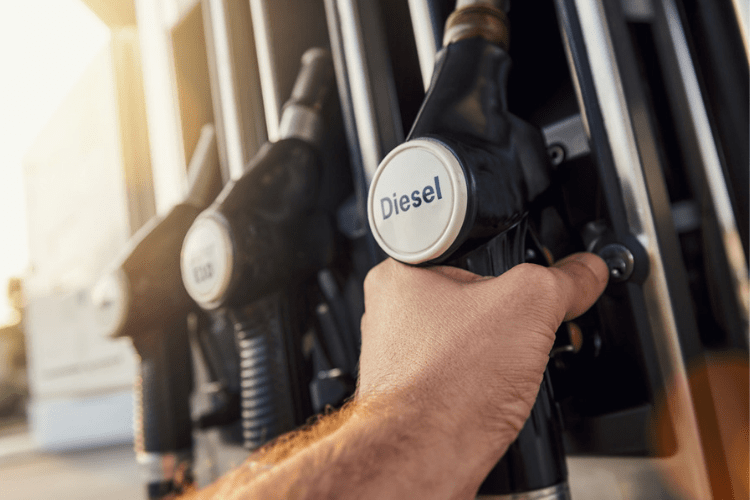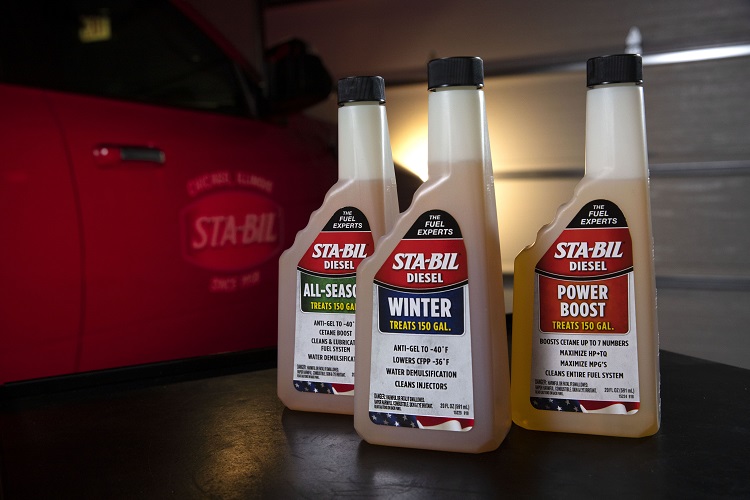How to Prevent Diesel Fuel Gelling

Driving in the winter can be a challenge. Between slick roads, poor visibility, and extreme temperatures, there’s no doubt it’s the most hazardous season to take the wheel. And if you drive a diesel-powered vehicle, you also need to think about fuel gelling. So, why does diesel fuel gel up when it’s cold outside, and how can you prevent this issue? We explain what causes fuel gelling, how to prevent this from happening, and what to do if you have already started noticing fuel diesel gelling.
What Causes Fuel Gelling?
The term is pretty self-explanatory since gelling occurs when the fuel in your tank thickens up enough to look and feel like gel. This only happens when the temperature outside drops below 32 degrees Fahrenheit, though it’s most likely to occur at about 10 to 15 degrees or lower. Gelling occurs because diesel fuel features paraffin wax. This wax is made from a mixture of hydrocarbon molecules, which is a great ingredient to have when you need to improve the lubrication and viscosity of the fuel.
However, paraffin wax thickens in extremely cold temperatures, causing diesel fuel to clog the filters. Since the fuel is unable to flow freely, it makes it impossible for the engine to turn over since the fuel and air need to combine in the combustion chamber in order to start the vehicle. So, how do you know if you’re dealing with fuel gelling in your car? Well, if it’s below freezing and your diesel fuel-filled car is having trouble starting, it’s probably due to fuel gelling. Luckily, this common diesel fuel winter problem is preventable. More specifically, there are two main ways to keep this issue from occurring.
Keep Your Vehicle Out of the Cold

One of the top ways to prevent fuel gelling is to ensure the fuel never gets too cold, which you can achieve by keeping your car inside if the forecast calls for extreme cold. Therefore, if you have a heated garage or some type of climate-controlled storage area for your vehicle, this solution will work in the winter. You can still drive the car in the cold since the fuel won’t gel while the engine is running. But if you have to park it outside for hours or days at a time, it’s best to use another surefire way to prevent fuel gelling.
Use Fuel Additives That Are Meant to Prevent Fuel Gelling

If you can’t keep your diesel engine warm with proper storage, don’t worry. You can buy cold-weather fuel additives that prevent this problem. For example, STA-BIL Diesel Winter can keep your fuel from gelling even if the temperature outside is as low as -40 degrees Fahrenheit. Simply pour it into the tank before you put gas in, and you can be sure your fuel will be able to flow freely in the cold, ensuring easy start-ups.
Now that you have this common issue figured out, make sure you know how to prevent other winter problems that your car might face. For example, learn everything you need to know about snow tires, how to leverage four-wheel drive (4WD) in the winter for additional traction. Granted, if you plan to store your car this season, you don’t need to prepare it for the road in the winter, but you can still learn five tips on winter car storage, so it’s ready for the road in the springtime.




